To:
Arizona Office of the Attorney General
County Attorney’s Office of Apache County
County Attorney’s Office of Cochise County
County Attorney’s Office of Coconino County
County Attorney’s Office of Gila County
County Attorney’s Office of Graham County
County Attorney’s Office of Greenlee County
County Attorney’s Office of La Paz County
County Attorney’s Office of Maricopa County
County Attorney’s Office of Mohave County
County Attorney’s Office of Navajo County
County Attorney’s Office of Pima County
County Attorney’s Office of Pinal County
County Attorney’s Office of Santa Cruz County
County Attorney’s Office of Yavapai County
County Attorney’s Office of Yuma County
Dear County Attorney,
Men are buying sex with children during the Super Bowl. Unless we do something about this now, buyers will use the Super Bowl in Arizona as an opportunity to exploit even more children.
And this impacts us all.
If a buyer engages in commercial sex with any minor under 18 years old in Arizona during the Super Bowl and receives little to no consequences for his crime, he won’t be deterred from committing the same crime again in his home state. This puts all of our nation’s children at risk.
Arizona is perfectly positioned to be a strong opponent to those who seek to exploit our children while they are in Arizona for the Super Bowl. Arizona law enforcement agencies are trained to aggressively investigate the demand for sex with children and you are committed to bringing justice to all minor victims of trafficking by prosecuting and sentencing buyers who exploit them.
We are asking you to ensure that buyer prosecutions are made a priority. We, along with Shared Hope International, stand behind Arizona’s 15 County Attorney’s Offices and the Arizona Attorney General’s Office in prosecuting buyers arrested in Arizona for buying sex with a child to the fullest extent of the law. Effective prosecutions of buyers include significant fines and felony penalties, asset forfeiture, and payment of restitution to victims. Buyers will be deterred if the risk of arrest and full prosecution is real.
Let buyers know Arizona’s Not Buying It and bring a unified front to enforce zero tolerance for child sex trafficking, including attacking it at the root: the buyers. Let’s tell buyers, if they exploit a child in Arizona, they better plan to stay awhile – in jail!
Thank you for protecting Arizona’s children from buyers at the Super Bowl.
Sincerely,
[Your name]
Sign the petition:
Visit demandingjustice.org/take-action for other ways to contribute to this cause!






